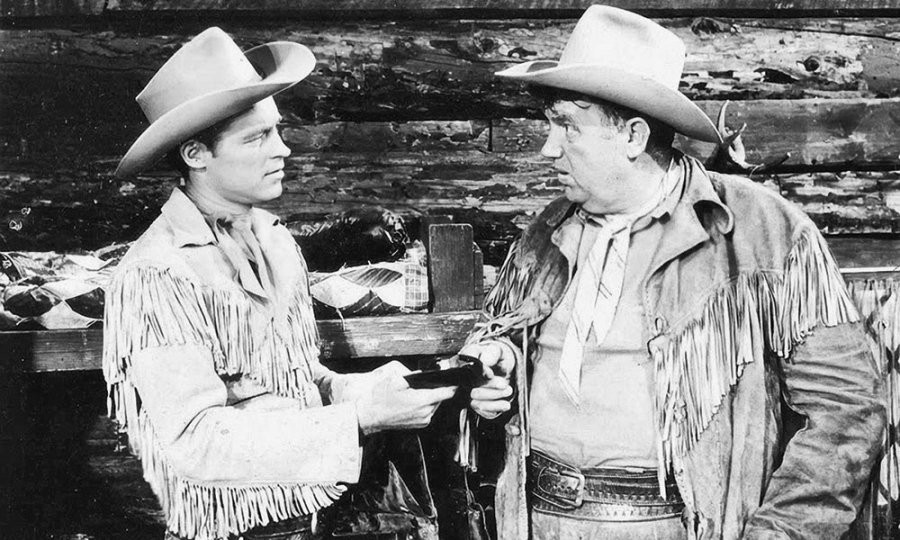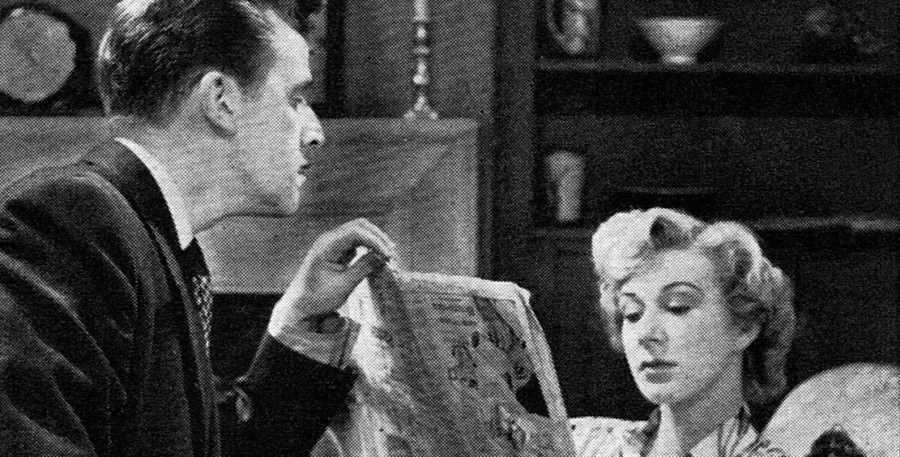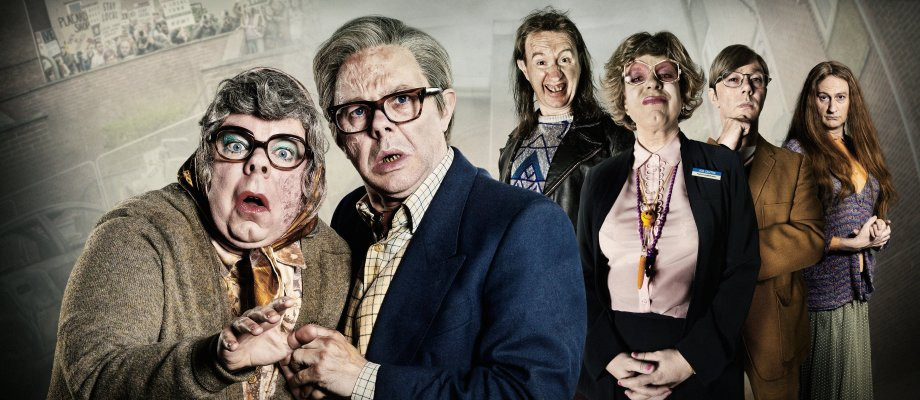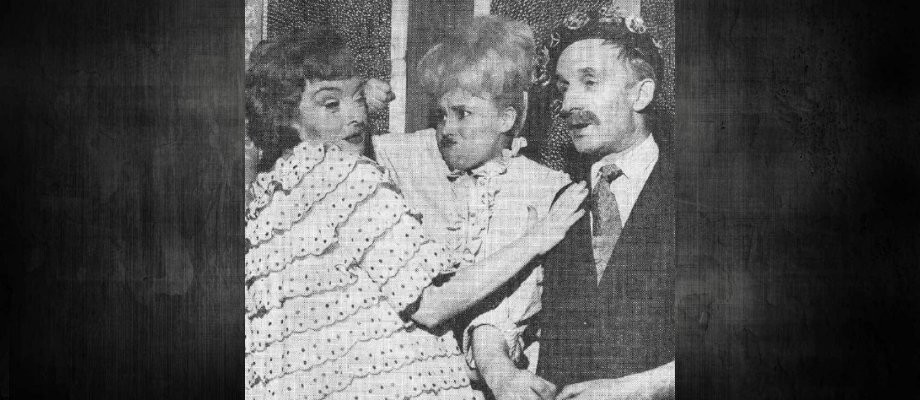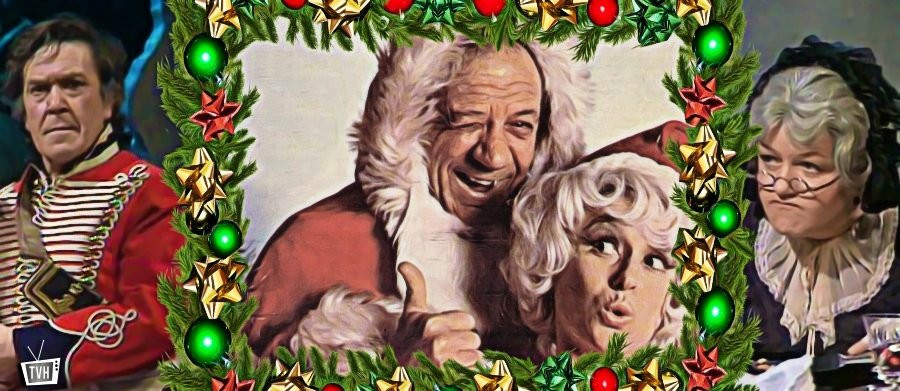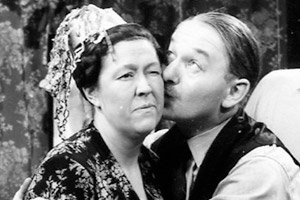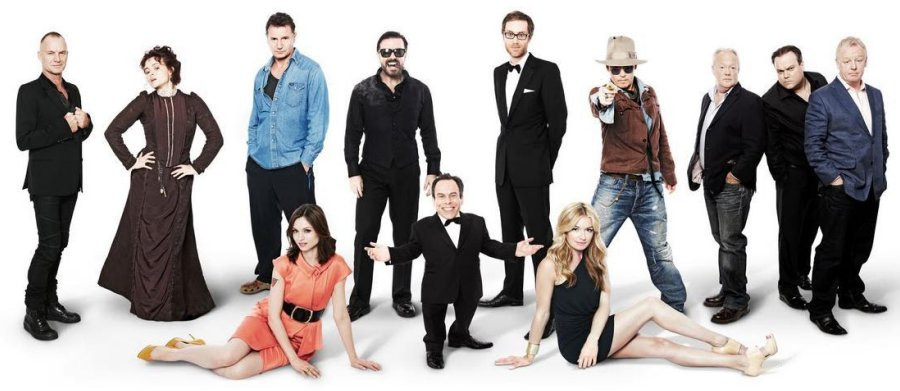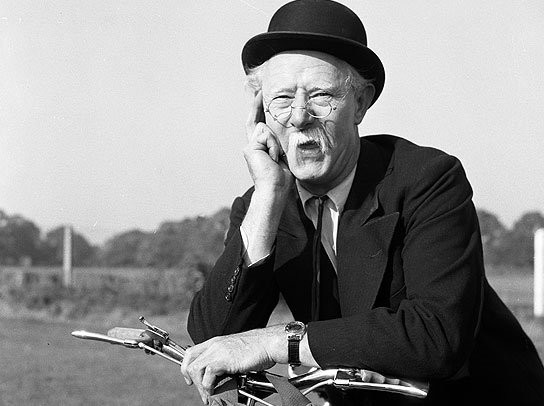
Mr Pastry
1958 - United KingdomThe Eccentric Clown Who Made a Nation Laugh
Review: Laurence Marcus
British television’s earliest and most beloved clown, Mr Pastry was a character who defied age, gravity, and convention. With his signature bowler hat, white walrus moustache, long coat-tails, and sprightly slapstick, Mr Pastry captured the hearts of audiences from the 1930s into the 1960s and beyond. Yet behind the bumbling old man was a remarkably agile performer named Richard Hearne, who first donned the costume at just 28 years old…
Richard Hearne was born in 1908 in Norwich, Norfolk, into a theatrical family. His father, also named Richard, was an acrobat, and both parents performed in the circus. Hearne began his own career in entertainment at the tender age of eight, appearing alongside his parents in circus acts. This early training in physical comedy and acrobatics would form the bedrock of the Mr Pastry persona.
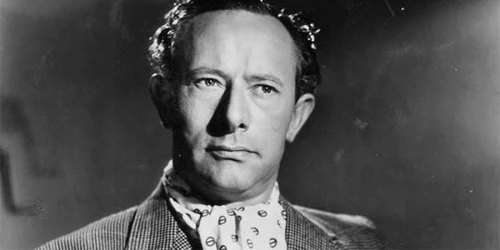
He made his first appearance on television in 1936, performing live at Alexandra Palace on the Baird system—an event he often cited as a momentous but overlooked milestone in television history. “There’s a popular idea around that TV started up after the last war. This is not so,” he once remarked. At the time, Hearne was also performing with Leslie Henson at the Strand and Gaiety Theatres, where he debuted a number of comic routines such as Take Two Eggs, Shifting the Piano, Mending a Window, and The Handy Man—many of which would transition into his television performances.
The character of Mr Pastry was born on stage in 1936 in the production Big Boy, where Hearne starred alongside Fred Emney. But it was through television that the character truly flourished. Mr Pastry’s bumbling adventures—accented by his theme tune, Pop Goes the Weasel—were featured in his own series, including Mr Pastry Gets A Job (1950) and Mr Pastry’s Pet Shop (1962), and on popular variety shows such as Crackerjack and Sunday Night at the London Palladium. He also created a memorable sketch titled The Village Store for BBC Television in 1946, showcasing the eccentric character in his full comedic glory.

Among Hearne’s most celebrated routines was The Lancers, a pantomime piece he adapted from a comedian named Tom D. Newall. Hearne always acknowledged Newall’s influence, saying he had obtained permission from Newall’s widow to use and adapt the sketch, and always credited him as the originator. First performed on stage in Running Riot at the Gaiety Theatre, the routine was introduced to television in 1939 and became a signature piece for Mr Pastry.
Mr Pastry's fame crossed the Atlantic in 1954 when Hearne appeared on The Ed Sullivan Show, exposing him to an audience of 40 million Americans. Sullivan recalled the moment as a watershed for British comedy in the U.S., calling his Lancers sketch “high art” and noting that “no British performer ever has scored the tremendous hit achieved by Richard Hearne on American national TV.” Even silent film legend Buster Keaton was reportedly a fan.
In 1957, Hearne expanded his television repertoire with Highland Fling, a six-part musical sitcom in which he played both himself and Mr Pastry. “For a change, I’ll play myself... and Pastry. And I’ll have a little romance for the first time,” he told TV Times that year.
After 1962, Hearne made only four more series, eventually stepping back from the limelight. His focus turned increasingly to philanthropy. Appointed President of the Lord's Taverners charity in 1963, he dedicated himself to raising funds for hydrotherapy pools for children with disabilities. His efforts were recognised in 1970 when he was awarded an OBE for his charitable work.
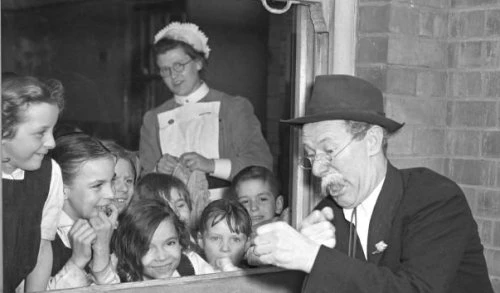
In a curious twist of fate, Hearne was considered for the role of the Fourth Doctor in Doctor Who after Jon Pertwee’s departure in 1974. However, a misunderstanding over the tone of the character—Hearne reportedly envisioned playing the Doctor in the style of Mr Pastry—led producer Barry Letts to look elsewhere.
Richard Hearne died in 1979 in Bearsted, Kent, at the age of 71. He was survived by his wife, Yvonne (née Ortner), and two children, and was laid to rest in the churchyard of St. Mary’s Platt, near Borough Green in Kent.
Mr Pastry was more than just a comic figure; he was a bridge between the old world of music halls and the new medium of television. In an age before digital effects and elaborate sets, Richard Hearne brought the sheer joy of physical comedy to living rooms across Britain and America. His character—an accident-prone but energetic elderly gentleman—embodied timeless values: resilience, kindness, and the courage to laugh at oneself.
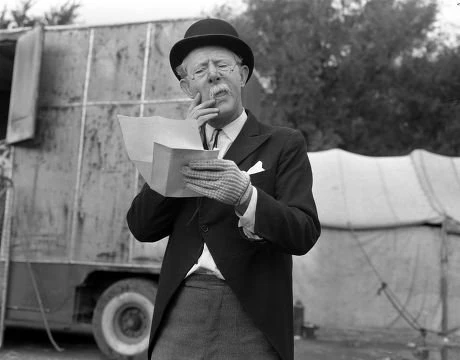
Behind the mask of Mr Pastry was a dedicated performer and a man of deep integrity. Hearne’s devotion to his craft, his respect for fellow artists, and his philanthropic work speak to a legacy that extended far beyond entertainment. Mr Pastry may have fumbled through his routines, but his creator was nothing short of masterful.
Seen this show? How do you rate it?
Seen this show? How do you rate it?
Published on May 3rd, 2025. Written by Laurence Marcus for Television Heaven.



